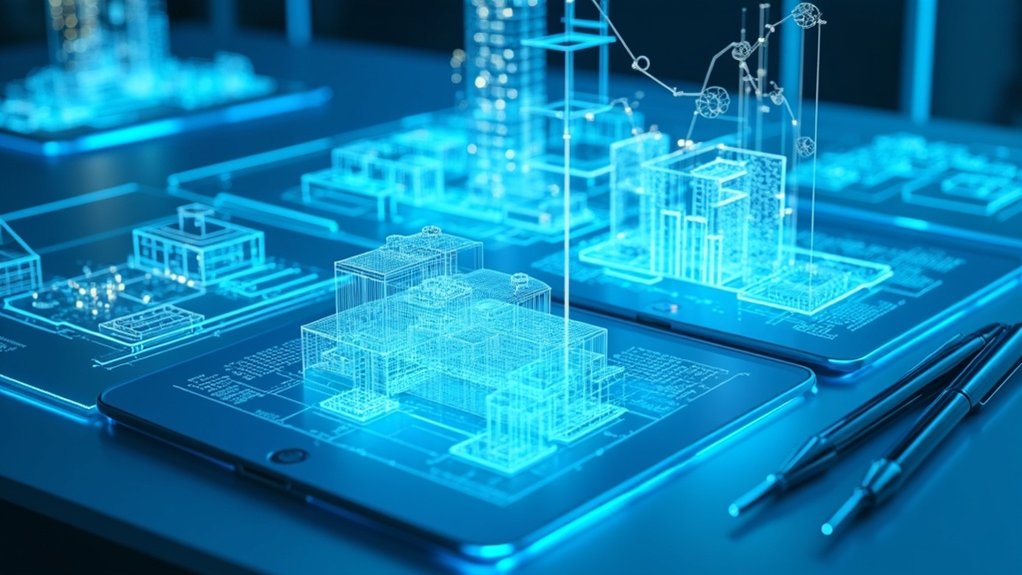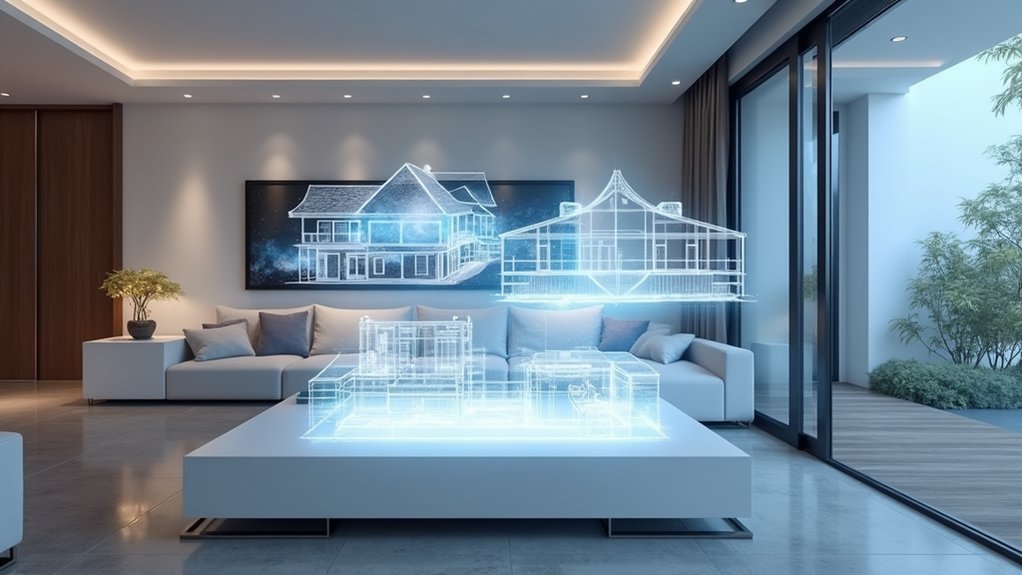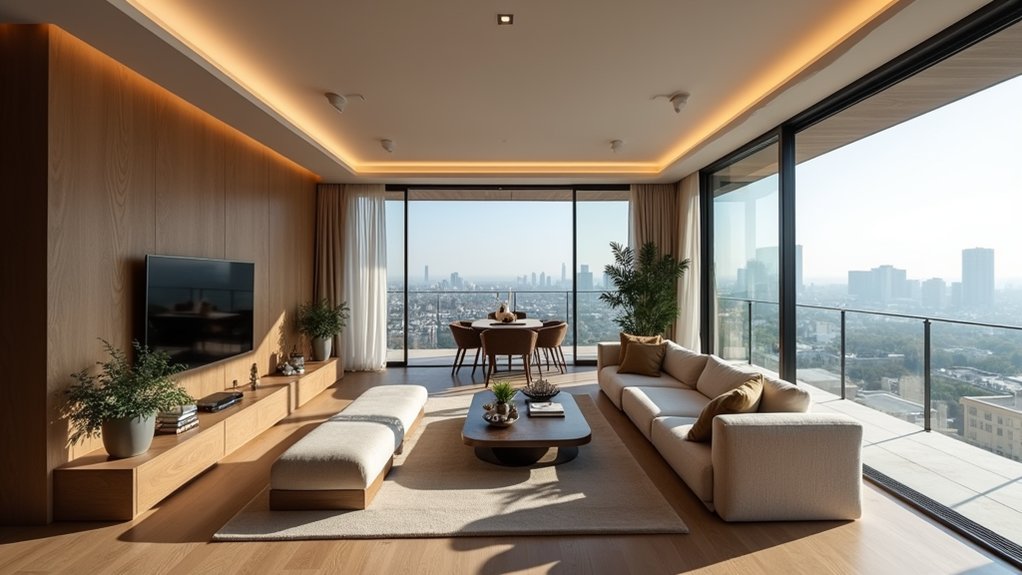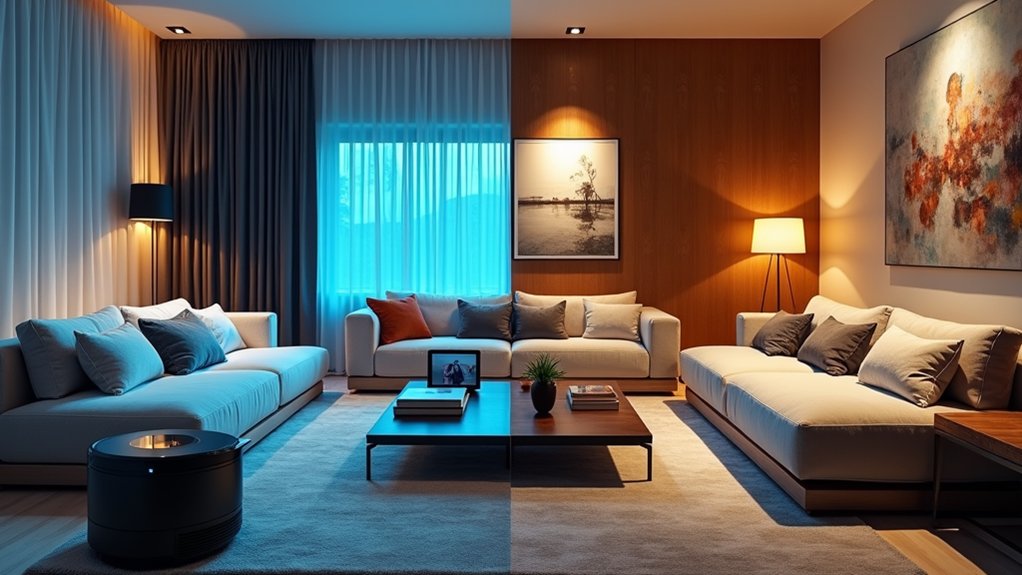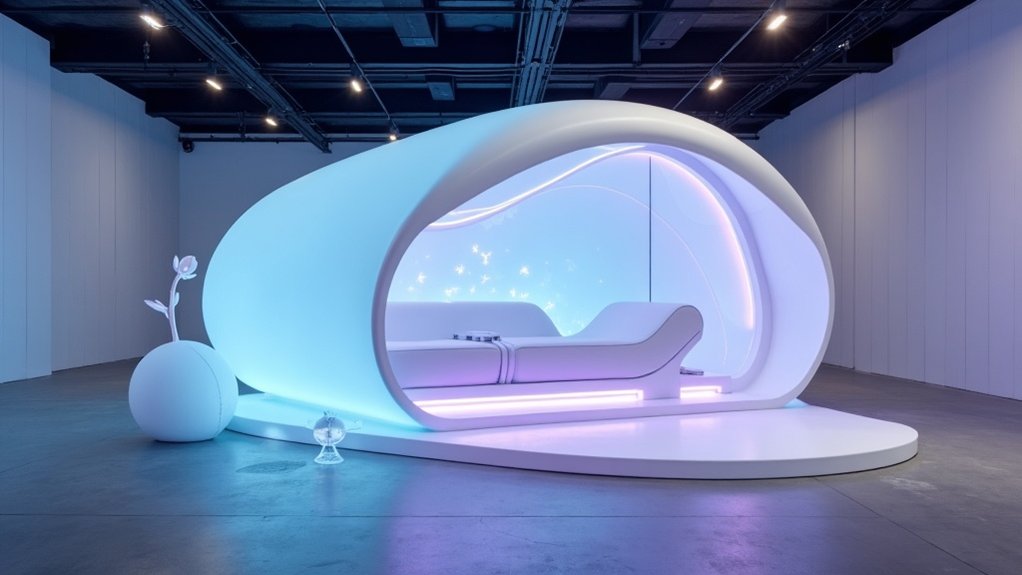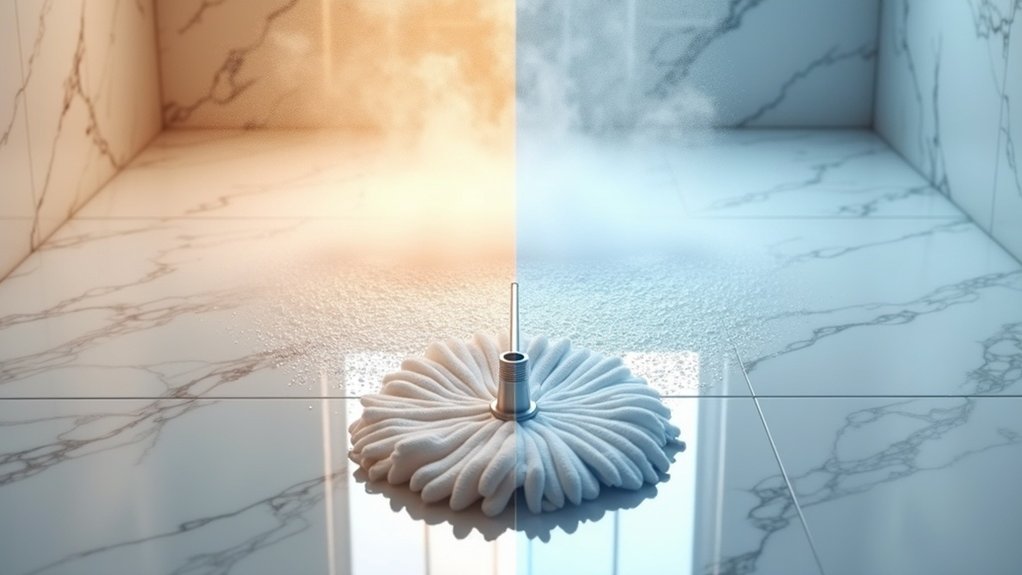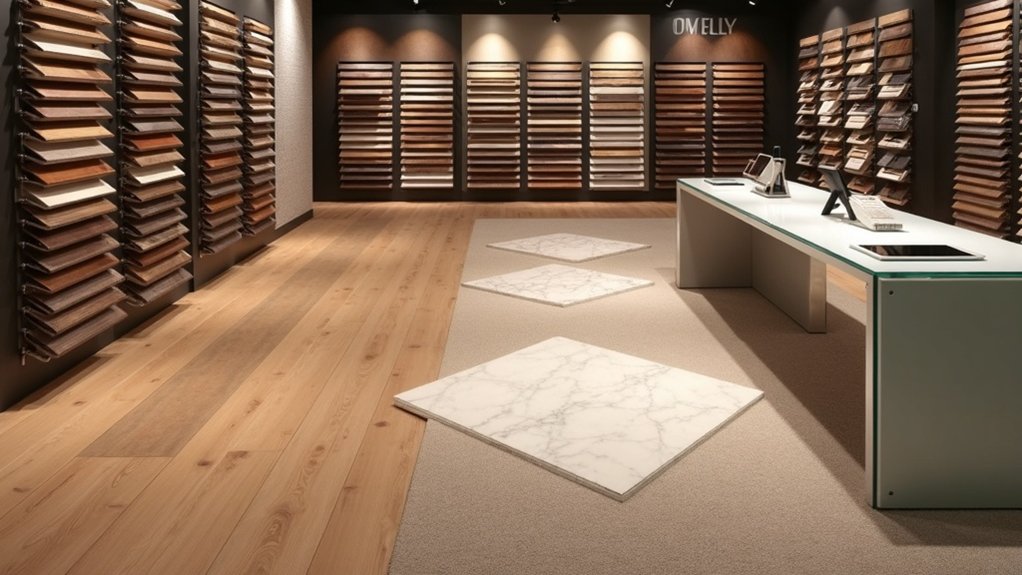While traditional interior design has long relied on human intuition and manual processes, artificial intelligence is rapidly transforming how spaces are conceived, planned, and brought to life. The global AI interior design market, valued at $829 million in 2023, is projected to reach $7,299.04 million by 2033, growing at an impressive 24.3% CAGR. This explosive growth signals a fundamental shift in how design professionals approach their craft. Multi-functional design has evolved into an essential skill for contemporary living, enhancing emotional connection to the home and potentially increasing property value.
Interior design firms, commanding 43% of the end-user market share, are leading this technological revolution alongside architects, furniture manufacturers, and real estate developers. Space planning and design applications dominate with 37% market share, while furniture and décor selection represents another critical segment. The solution and software component segment captured 65% of market share in 2023, demonstrating the industry’s commitment to tool-centric investments rather than peripheral services.
The practical impact on workflows has been profound. Sixty-five percent of design professionals have already integrated AI into their daily operations, automating space planning and material selection to achieve faster delivery times and significant cost savings. Machine learning algorithms now facilitate real-time visualization and performance prediction, while text-to-image tools like Midjourney, DALL·E, and Stable Diffusion have revolutionized design ideation. AI technology enables 3D simulation capabilities that allow clients to take virtual walkthroughs of their spaces before any physical implementation begins. Spaces designed for multiple purposes allow for flexibility and optimization, especially crucial in smaller homes.
Nearly half the industry employs AI-assisted VR modeling for immersive client presentations, transforming the conception-to-production pipeline. Looking ahead, the implications are striking. Seventy-two percent of studios anticipate AI managing complex spatial designs by 2025, while 68% foresee standardization of AI for project management. However, challenges persist as customer skepticism about AI matching human creativity remains a significant barrier to adoption across certain market segments.
Perhaps most intriguingly, approximately 40% of professionals believe AI will replicate human creativity by 2030, challenging fundamental assumptions about the nature of design work itself. North America’s dominance, with over 39% market share, reflects the region’s aggressive adoption of these technologies.
The employment environment appears similarly promising, with AI expected to drive a 22% increase in interior design-related job opportunities by 2030. Rather than replacing human designers, AI is enhancing their capabilities, allowing them to tackle more ambitious projects while delivering personalized solutions across both B2B and B2C segments. This transformation represents not just technological advancement but a complete reimagining of what interior design can achieve.


